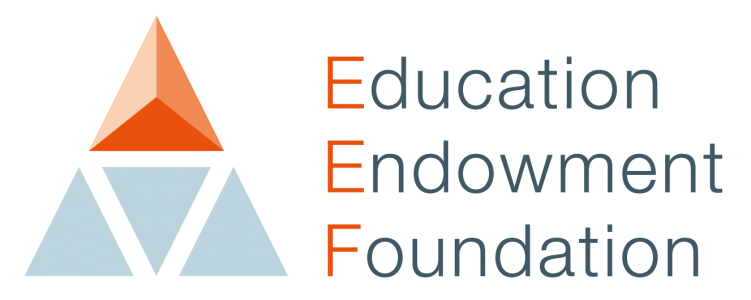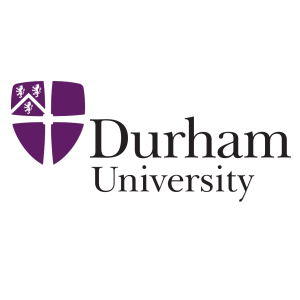









What is it?
Physical activity refers to approaches that engage pupils in sports, dance, or any kind of physical exercise.
This might be through organised after school activities or a programme organised by a local sporting club or association. Sometimes sporting activity is used as a means to encourage young people to engage in additional learning activities, such as football training at a local football club combined with study skills, ICT, literacy, or mathematics lessons.
Physical activity has important benefits in terms of health, wellbeing and physical development. These benefits have important value in themselves, however, this Toolkit entry focuses on the benefits of physical activity for core academic attainment particularly literacy and mathematics.
Key Findings
There is a small positive impact of physical activity on academic attainment (+1 month). While this evidence summary focuses on the link between physical activity and academic performance, it is crucial to ensure that pupils access to high quality physical activity for the other benefits and opportunities it provides.
Impact on attainment varies considerably between different interventions, and participation in sports does not straightforwardly transfer to academic learning. It is likely that the quality of the programme and the emphasis on or connection with academic learning may make more difference than the specific type of approach or activities involved.
Planned extra-curricular activities which include short, regular, and structured teaching in literacy and mathematics (either tutoring or group teaching) as part of a sports programme, such as an after-school club or summer school, are more likely to offer academic benefits than sporting activities alone.
There is some evidence that involvement in extra-curricular sporting activities may increase pupil attendance and retention.
How effective is the approach?
The average impact of the engaging in physical activity interventions and approaches is about an additional one month's progress over the course of a year.
The variability in effects suggests that the quality of the programme and the emphasis on, or connection with, academic learning may make more difference than the specific type of approach or sporting activities involved. Participating in sports and physical activity is likely to have wider health and social benefits.
There are wider benefits from regular physical activity in terms of physical development, health and wellbeing as well as other potential benefits have been reported such as improved attendance.
There remains a limited amount of studies in the Arab world that seek to link the implementation of after school or extra-curricular sports with academic outcomes. Most of the existing studies explored health outcomes associated with the prevalence of physical inactivity. Studies in Algeria, however, found some evidence that students who practiced out-of-school sports, at a rate of 3 times a week had higher concentration level, and their physical and general self-perception increased. Studies have also suggested that when designing curricula, more could be done to include creative thinking and problem solving within Physical Education classes.
Evidence in Jordan, Saudi Arabia, Morocco, Qatar, Oman, and Algeria identify an association of students obesity and health problems with the insufficient practice of exercise. Girls were found to be less active and have bad lifestyle habits more than boys. While few studies linked this issue to the use of screen, others explained that playing of sports by girls is not as culturally acceptable as their male counterparts and that girls have more family responsibilities and do not have as much time to participate in sports as boys.
It would be interesting for future research to conduct experimental studies to examine the use of sports participation as an intervention to improve students’ academic outcomes and determine the most influential component of physical activity and sport on school results. Longitudinal studies are also needed to explore the causal relationships between variables such as family income, family education level, gender, standard of living, quality of life, and time spent playing.
Behind the average
Effects are similar (+1 month) across the primary and secondary age range.
Similar impact is reported for literacy and mathematics.
Closing the disadvantage gap
Pupils from disadvantaged backgrounds may be less likely to be able to benefit from sport clubs and other physical activities outside of school due to the associated financial costs (e.g. equipment). By providing physical activities free of charge, schools give pupils access to benefits and opportunities that might not otherwise be available to them.
When considering hosting sports activities that may require contributions from parents, schools should consider whether places could be provided free of charge or subsidised for disadvantaged pupils.
How could you implement in your setting?
The mechanism for which physical activity influences academic attainment is unclear. It may be the actual physical exercise that influences attainment, or supplementary learning activities that have been integrated into physical activity in the studies located in the Toolkit. Some ways that schools implement physical activity include:
- Regular activities hosted before or after school;
- External organisations delivering activities within or outside of the school;
- The combination of sports and physical activities with teaching and learning practices (such as the teaching of study skills, ICT, literacy or mathematics lessons);
- The integration of mentoring approaches within sports programmes.
Physical activity programmes are typically delivered over extended periods of time (e.g., a half-term, term or year) by support staff, teachers or external providers.
When introducing new approaches, schools should consider implementation. For more information see Putting Evidence to Work – A School’s Guide to Implementation.
What does it cost?
Overall, the median costs of implementing physical activity are estimated as very low. The costs associated with physical activities arise from training for staff leading programmes, and any additional resource or equipment required, the majority of which are start-up costs.
Whilst the median cost estimate for physical activity is very low, the possible addition of extra staff salaries and facilities means that costs can range from very low to moderate.
These cost estimates assume that schools are already paying for school sports facilities and some basic materials and equipment. These are all pre-requisite costs of implementing physical activities, without which the cost is likely to be higher.
How secure is the evidence?
The security of the evidence around physical activity is rated as moderate. 61 studies were identified that meet the inclusion criteria for the Toolkit. The topic lost a padlock because a large percentage of the studies were not independently evaluated. Evaluations conducted by organisations connected with the approach – for example, commercial providers, typically have larger impacts, which may influence the overall impact of the strand.
As with any evidence review, the Toolkit summarises the average impact of approaches when researched in academic studies. It is important to consider your context and apply your professional judgement when implementing an approach in your setting.
Copyright © The Education Endowment Foundation. All rights reserved.




